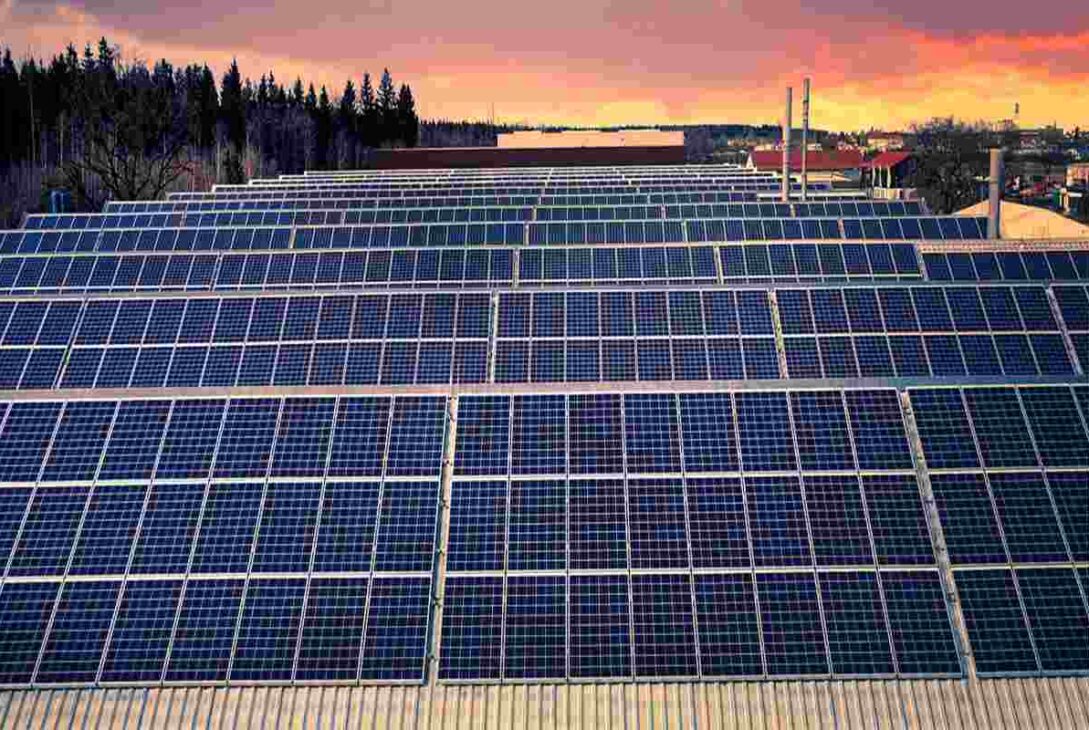Ever sat through a blackout, watching your neighbours’ lights flicker back on while yours remained dark? Or perhaps you’ve glanced at your hydro bill, wincing at those peak-hour charges despite having installed solar panels on your roof. For countless Ontario homeowners, these frustrations highlight the missing link in their renewable energy setup: proper battery storage.
The Ontario solar landscape has undergone remarkable changes since the early Green Energy Act days. What began as a costly experiment for the environmentally passionate has morphed into a practical choice for budget-conscious homeowners across the province. Yet many find themselves feeding excess daylight power back to the grid, only to buy it back at premium rates when they actually need it. This energy mismatch is precisely where battery solutions prove their worth.
Why Bother with Home Battery Storage?
Let’s face reality – Ontario weather isn’t exactly predictable. Summer brings long, sunshine-filled days when solar panels often generate more power than homes can use. Winter delivers the opposite: shorter days, snow-covered panels, and significantly reduced output.
What if you could bank that July and August sunshine for a dreary November evening? What if your home stayed powered through those increasingly common ice storms and wind events? This isn’t just about convenience – it’s about genuine self-sufficiency.
Consider these compelling reasons to add storage to your setup:
- Weather-proof your power: With extreme storms becoming the norm rather than the exception, grid downtime isn’t just possible – it’s inevitable
- Keep what you generate: Use more of your own clean energy rather than essentially loaning it to the utility company
- Evening energy autonomy: Tap into your solar-generated power during those expensive evening hours when cooking dinner and running appliances
- Policy protection: Shield yourself from future changes to net metering regulations or time-of-use rate hikes
Making Sense of Your Battery Choices
The energy storage world offers several technologies worth considering for Ontario homes.
Lithium-Ion Systems
These represent today’s most common choice, offering excellent density and efficiency. Names like Tesla Powerwall, Enphase Encharge, and LG Chem RESU have become recognized standards throughout the province.
Strong points:
- Takes up minimal space compared to traditional options
- Impressive lifespan (typically 5,000-10,000 cycles)
- Deep discharge capability (up to 95% usable capacity)
- Set-and-forget operation with minimal maintenance needs
Worth noting:
- Steeper upfront investment
- Performance can drop in extreme cold without proper installation considerations
- Functions best in temperature-regulated environments
For your typical 3-bedroom Ontario home, a 10-13.5 kWh lithium-ion setup provides sufficient capacity to run essential systems overnight or during most weather-related outages.
Advanced Lead-Acid Options
While representing older technology, modern sealed lead-acid batteries remain a wallet-friendly choice for homeowners who have adequate installation space.
Strong points:
- More modest initial outlay
- Well-established recycling channels throughout Canada
- Better cold-weather tolerance without additional heating
- Widely understood technology with abundant installation expertise
Worth noting:
- Requires more floor space
- Shorter operational life (typically 500-1,200 cycles)
- Needs periodic maintenance checks
- Limited discharge depth (typically 50%) to preserve longevity
Flow Battery Technology
For homeowners seeking ultra-long-duration storage, flow batteries represent an emerging option with distinctive advantages.
Strong points:
- Remarkable longevity (15,000+ cycles)
- Nearly unlimited discharge capability
- Minimal capacity degradation over time
- Top-tier safety profile with non-flammable electrolytes
Worth noting:
- Higher per-kilowatt-hour investment
- Larger physical footprint
- More complex installation requirements
- Fewer qualified installers across Ontario
Figuring Out Your Ideal System Size
How much storage capacity makes sense for your situation? The answer hinges on several key factors:
- Your backup priorities: Do you want whole-house backup or just essential circuits?
- Usage patterns: How much electricity do you typically consume after sunset?
- Current solar capacity: Larger panel arrays generate more storable surplus
- Budget realities: Storage capacity directly impacts system cost
Most Ontario households find their sweet spot between 10-20 kWh of storage. This typically provides enough juice to run critical appliances through the night or weather shorter outages without breaking the bank.
For partial home backup focusing on must-have systems, consider these typical daily power needs:
- Fridge/freezer: 1-2 kWh/day
- Furnace blower: 0.5 kWh/day
- Essential lighting: 1-2 kWh/day
- Communication devices: 1-3 kWh/day
- Water pump (if applicable): 2-3 kWh/day
The Bottom Line
Let’s be honest – battery storage isn’t the right choice for everyone. Homeowners in areas with exceptionally reliable grid service and favourable net metering arrangements might see limited immediate financial return.
However, for those seeking genuine energy independence, protection against increasingly common weather disruptions, or optimization of existing solar investments, battery storage delivers compelling value that extends beyond simple dollars and cents.
As prices continue their downward trend and technologies mature, the question for many Ontario homeowners isn’t whether they’ll add battery storage, but when it makes the most sense for their particular situation.
Taking the next step means connecting with qualified solar professionals who understand our unique provincial regulations and climate challenges. With properly tailored information, you can make a confident decision about whether battery storage belongs in your clean energy future.



